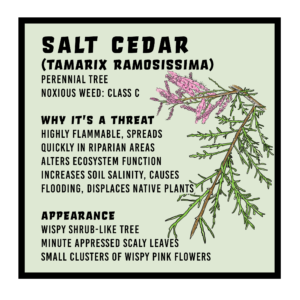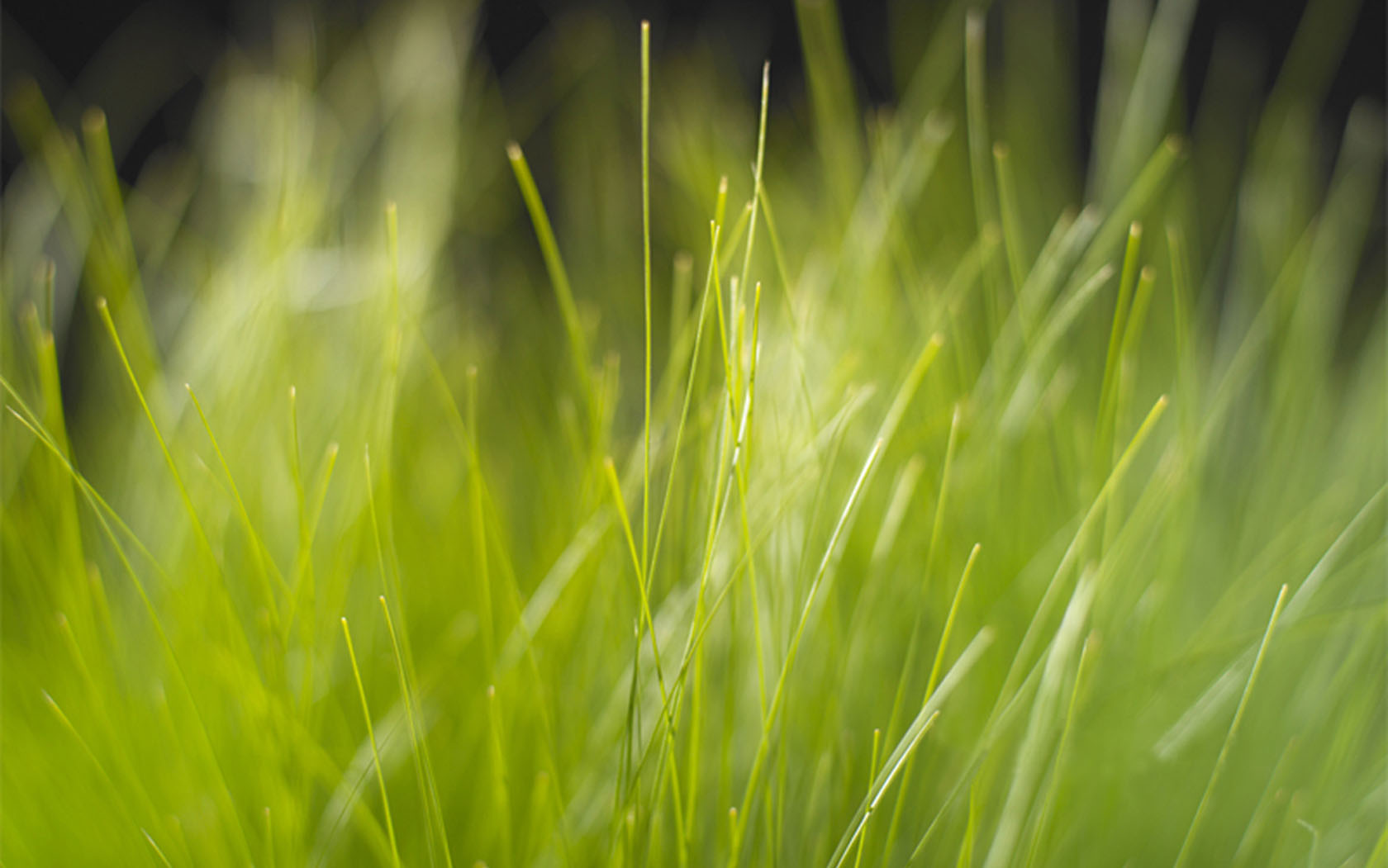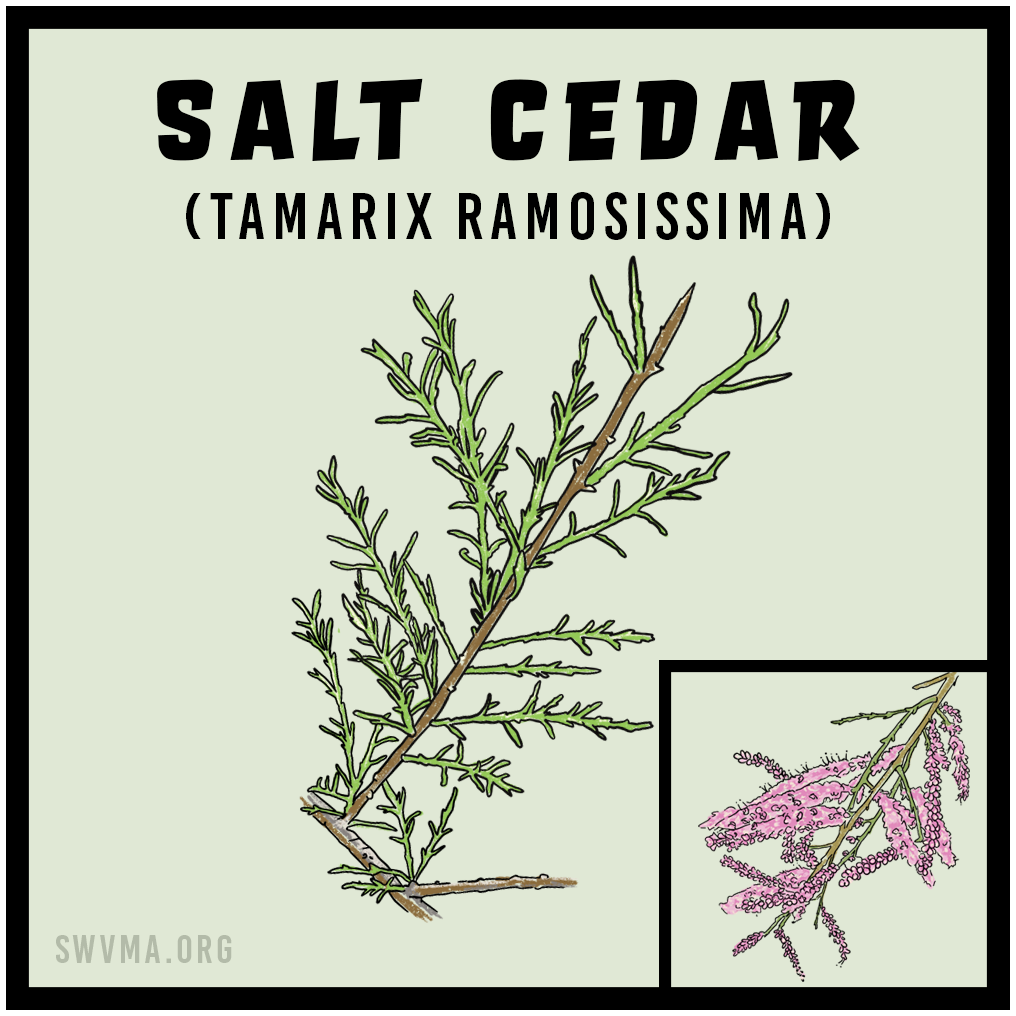 Salt Cedar (Tamarix spp.) is native to Eurasia and has become an invasive species in various parts of North America.
Salt Cedar (Tamarix spp.) is native to Eurasia and has become an invasive species in various parts of North America.
Salt Cedar is a problem due to its aggressive growth, rapid spread, and ability to dominate riparian areas. It can outcompete native vegetation, alter hydrological patterns, and negatively impact water ecosystems. The plant is known for its high salt tolerance, enabling it to thrive in saline environments.
Effective management strategies for Salt Cedar involve a combination of preventive measures, early detection, and control methods. Control may include manual removal, cutting, targeted herbicide application, and the use of biological controls, such as insects that feed on the plant. Restoration efforts, including the planting of native vegetation, are crucial for rehabilitating impacted riparian ecosystems. For the best management practices and specific guidance, please refer to the Field Guide for Managing Salt Cedar on the USDA Forest Service website.

